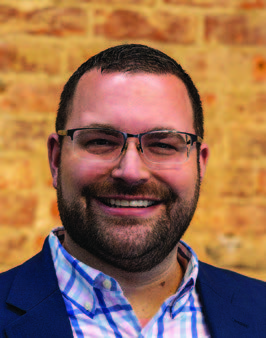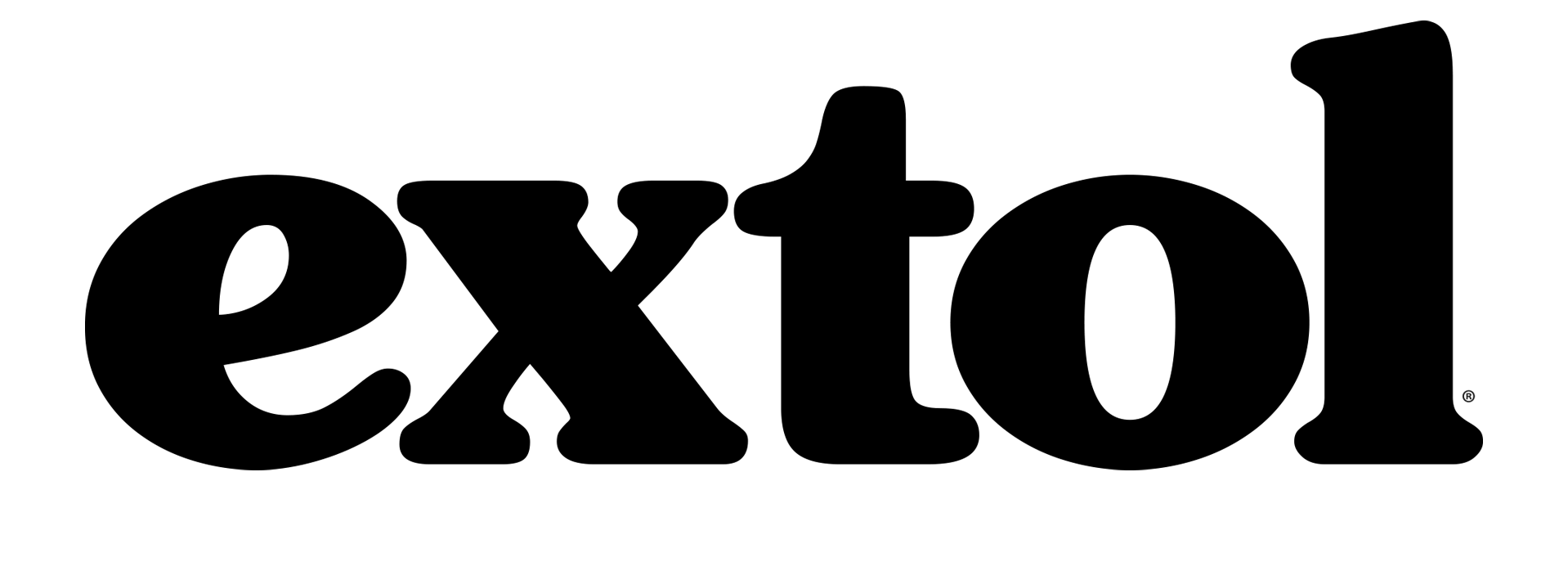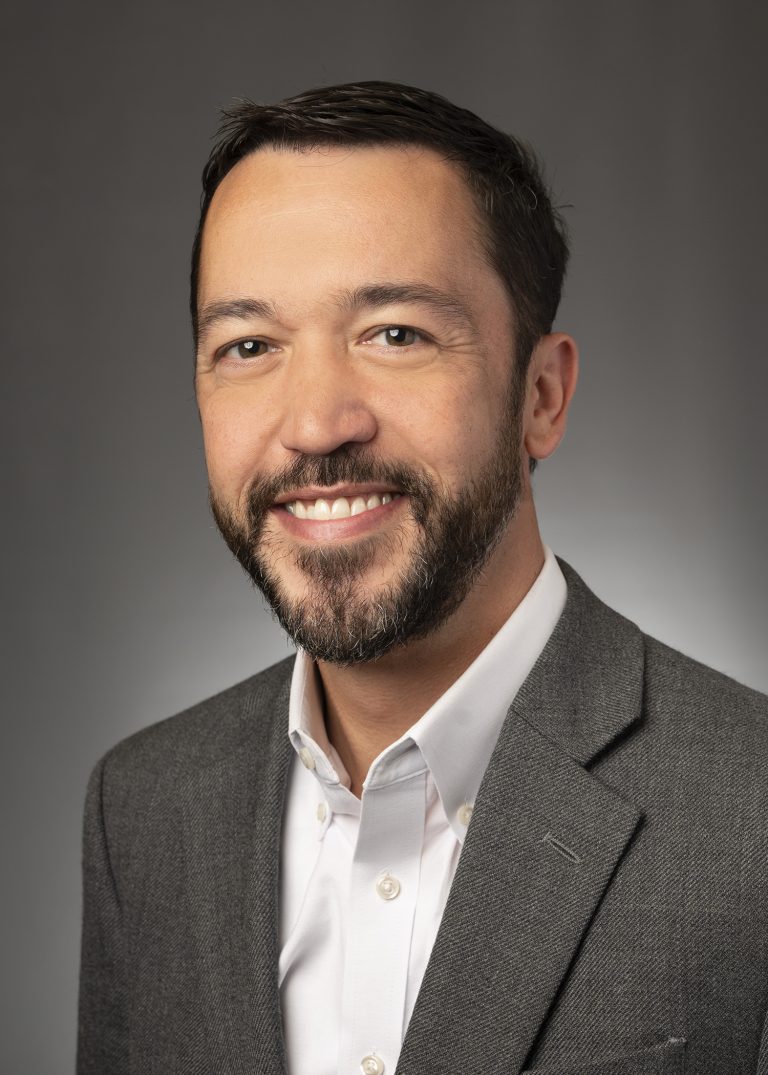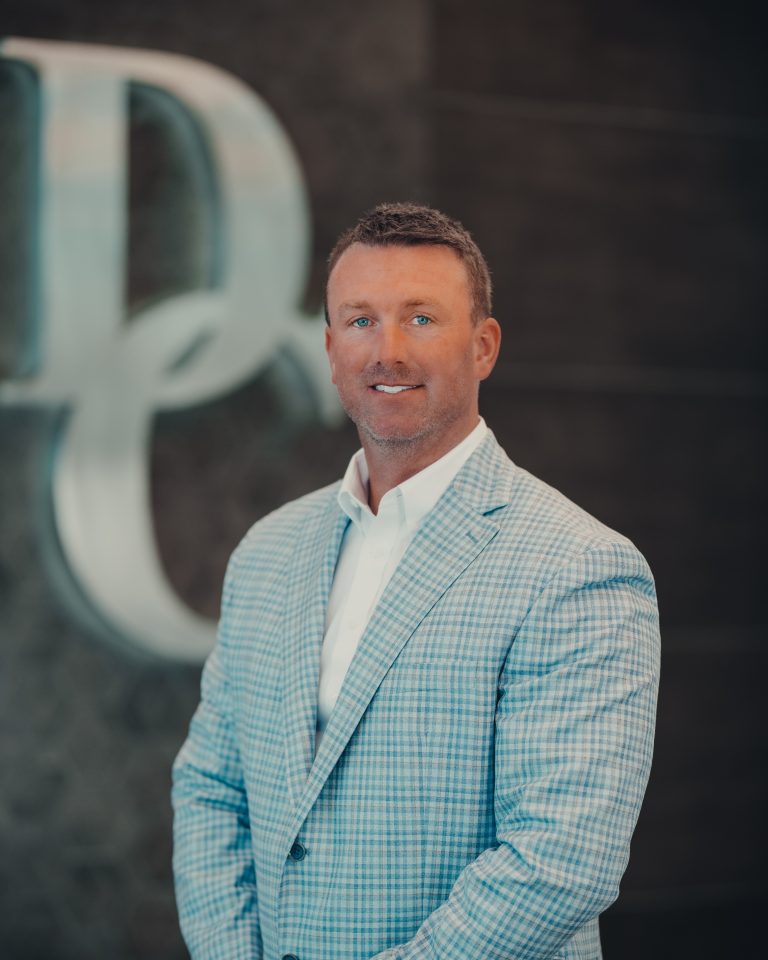
WHEN THE GOING GETS TOUGH, THE TOUGH SHIFT SCOPE
We all know the phrase: When the going gets tough, the tough get going.
It’s not really something you need to think much about, right? It just makes sense–when things are hard, it’s those that can step it up and “keep our eyes on the prize” that are able to succeed.
But today, that prize is less clear than it ever has been. The Greatest Generation and Baby Boomers–even Gen X to an extent–had clearly defined roles in their job, and career paths that were more or less defined. If you were going to work for, let’s say, an insurance company, you knew what your job was, and what your job could be in 5, 10, 15 years.
If things got hard for you, you knew how to push on through because you knew what you were pushing through to. Your career path was a straight one, or at least one with fewer curves, and your job responsibilities probably weren’t going to change much along the way.
Now, we don’t have that luxury anymore. Rapid changes in technology mean that someone’s education or skill set could be obsolete (or at least in need of updating) within a few years on the job. Job security and stability went the way of the corporate pension, and the idea of the “company man” hasn’t been a part of the modern workforce for a long time now. Companies aren’t expecting you to work for them for that long–especially as an entry-level or middle-management staff member–and often to move up in your career you have to go elsewhere to get to that next level. Factor in the craziness that is the current job market, and you can’t count on much these days.
All of these trends create a workforce in which being “tough” isn’t necessarily a skill you should cultivate as a leader, or that employers or colleagues would benefit from. Keeping your head down and pushing through may be valuable at times, but it doesn’t get the results it once did.
What does? Shifting your scope.
When things get tough, we shouldn’t “get going”–we should take a breath, look at what’s around us, and see the full potential of what we can achieve. This can help us re-evaluate the scope of the work
we are doing, and shift it as needed to better tackle the problem we are trying to solve or the challenge we are trying to overcome. A refinement in scope can help us see opportunities we hadn’t before,
or show us that we missed an even bigger issue we should have been focused on the whole time.
Although much of my professional career has been spent in philanthropy and education, my mother was a small business owner and I helped her with the operations of the company. Our business was thriving, but she had encountered a series of roadblocks with our landlord that jeopardized the company. As her son and business partner, we tried to push through and find any and every viable option, like bankruptcy or expansion of the business. However, it was not grit or force that brought us through this challenge – in fact, it was reshaping the problem. When I stepped back from the situation, I realized that we were
only looking at the problem from one vantage point, and what I recognized is that we should shift scope and become a nonprofit. This shift would allow my mom the opportunity to enjoy semi-retirement, physically move the business, and create partnerships with other area organizations – one of which became our new landlord. Most importantly, the shift cemented my mom’s legacy.
If things are hard, chances are something is not going right. Instead of doubling-down and working through the tough times, taking a step back and slowing down can help you see the bigger picture of what’s around you. You may be in a less-than ideal situation, but there are things you can do to shift, reframe, refocus and be flexible to make the situation better for yourself.
If you are in a tough spot, how can shifting your scope work for you? There are three main ways to do it:
Adjust it: Could be that you just need to slightly refine your frame of reference for the work you
are doing or the problem you are trying to solve. If you are trying to implement a new software
system, for example, and staff aren’t adopting it as quickly as you’d like, maybe you need to try a
different approach to training, or maybe create some reward system. What you think might be
a technical problem might just be an incentive problem–people may not feel like they have any
reason to use what you’re offering.
Narrow it: You could be trying to go too big in what you want to achieve. If you are hitting a wall, maybe you can look at the components of the work you are doing or the problems you are trying to solve and see if you can chunk out things that are easy to take on one at a time. You may find that your challenge is actually several different problems combined, and solving them one by one is easier than tackling them all at once.
Expand it: Or, it could be just the opposite! You could be focused too narrowly. Lack of adoption
of your software platform could be because people don’t trust the department you work in, and no
matter what you do no one is going to want to work with you. You’ve got to work on that trust
before you do anything else. Expanding your scope can help you see things you might not
have otherwise.
There’s another saying: work smarter, not harder. Shifting your scope can help you do that smarter work, and pull you up out of the monotony of the day-to-day so you can navigate around the hard stuff, rather than through it. Doing this will get you past the hard spots (because there is no avoiding those–they’re going to come to the toughest of us, no matter what we do), but also allow you to figure out the most effective way to achieve what needs to be done. This smarter work is what leaders need to focus
on in the modern workplace. We don’t need a bunch of “hardasses” gritting through the day.
We need nimble, flexible people who are able to diagnose problems and shift scope accordingly.
Working on your ability to shift scope, rather than tough it out when things get hard, can help
you succeed, thrive and become the leader you want to be
—
I’ve spent the last decade in the nonprofit, philanthropy and education sectors working in various leadership roles. After earning my EdD in Organizational Leadership, I came to the Caesars Foundation of Floyd County as its Executive Director, where I work with non-profit, business and community leaders across the greater Louisville metro region. I’ve seen how leadership and the workforce is changing–especially through this generation-defining pandemic that we’ve all been living with for the past two years
We were already in the midst of a generational shift in the office as Baby Boomers began to retire
and Millennials and Gen Z took their place, creating a gap in leadership skills and experience that spans sectors and industries. This trend only accelerated in the last two years, with the “Great Resignation” mostly driven not by younger workers but by older workers taking early retirements.
As the Great Resignation continues and the workforce changes, the culture of the office will change with it, along with what it means to be a leader. The younger generations, like all generations, will bring their own unique experiences and perspectives to the workplace, and those more seasoned workers may struggle to connect with or effectively manage these GenZ and Millennial leaders.
And for those coming up during this time, they may find that what they’ve been taught or assumed–like something as simple as an old maxim like “the tough get going”–may no longer apply.
I’m here to help. The modern workforce is tricky, especially if you are a recent graduate or a mid-level professional just trying to take that next step in your career. Your path will be much more circuitous than your parents and grandparents. But that’s ok. It will also come with more opportunities.
Trekking along this windy path will sometimes require more art than science. Leading people is never easy, especially in our increasingly virtual and uncharted workplace. But with the right guide, you can find your way and achieve all you want to achieve.
Follow along here as I write more about my experiences on what it takes to be a successful leader in these times. I’ll draw on not only my technical training and education on leadership, but also what I’ve seen and experienced as a young leader working in a multi-generational field.
I look forward to sharing more, and hearing from you.


















